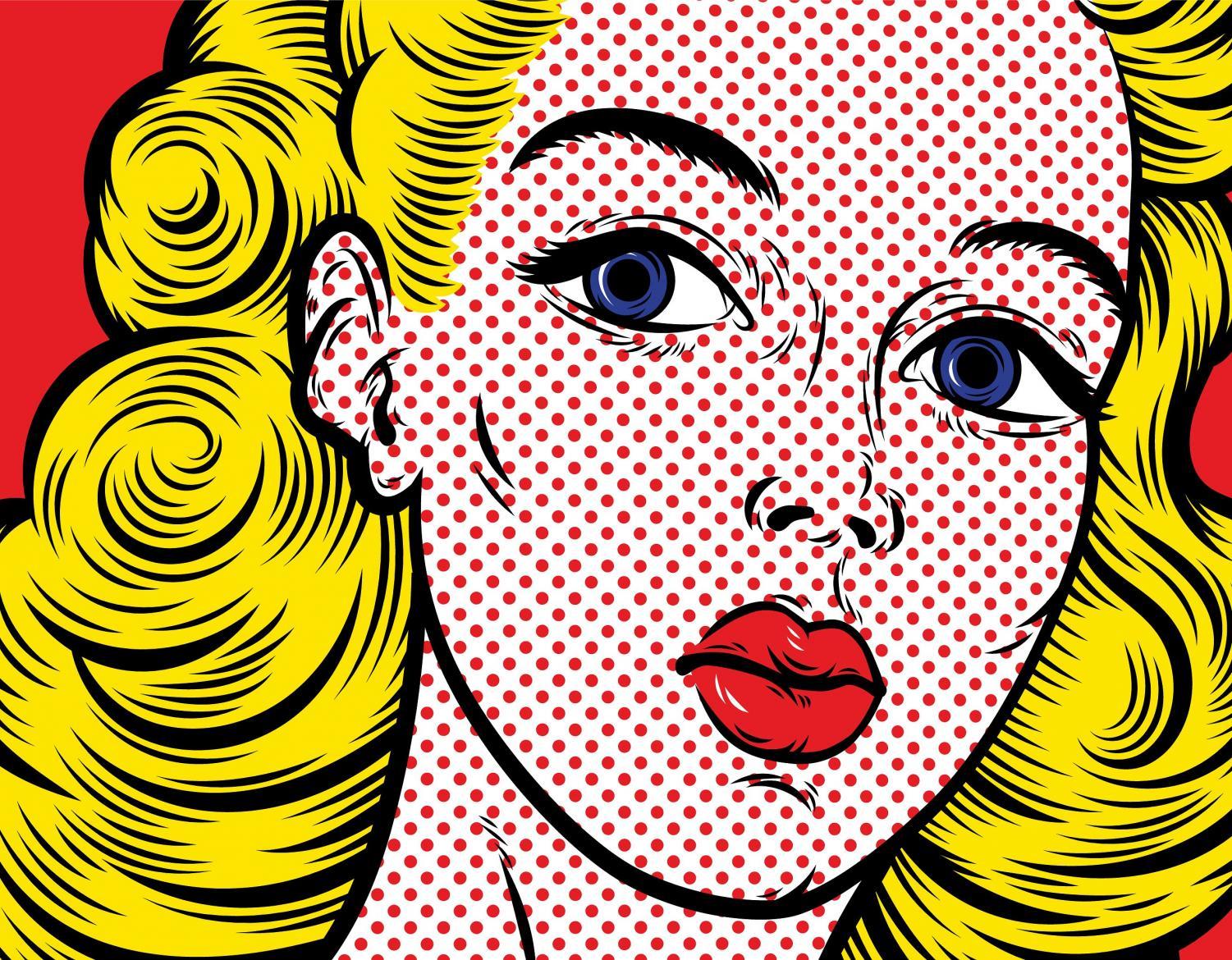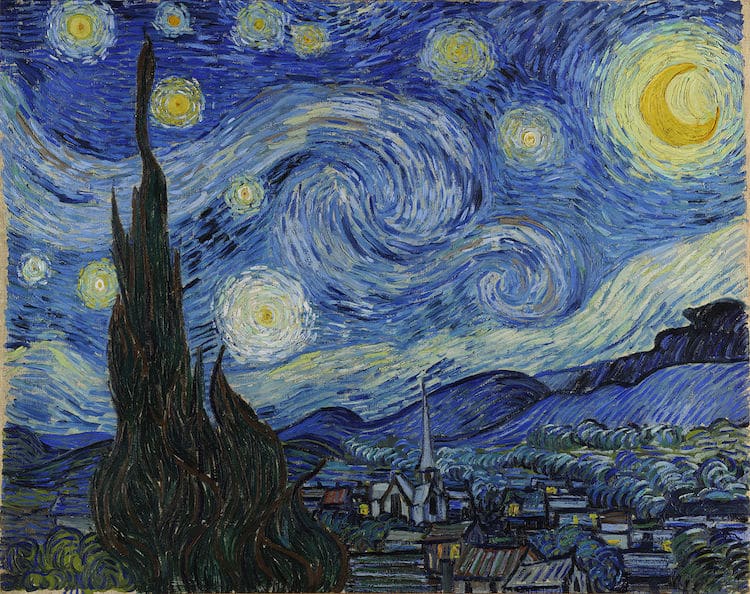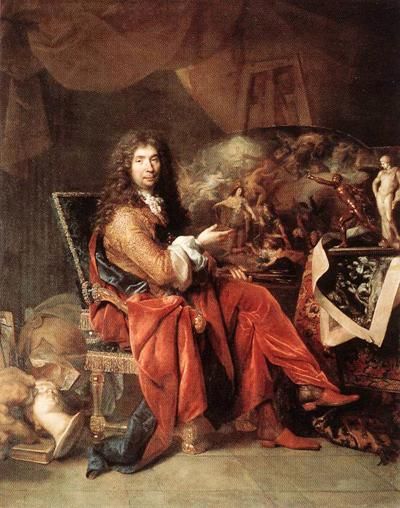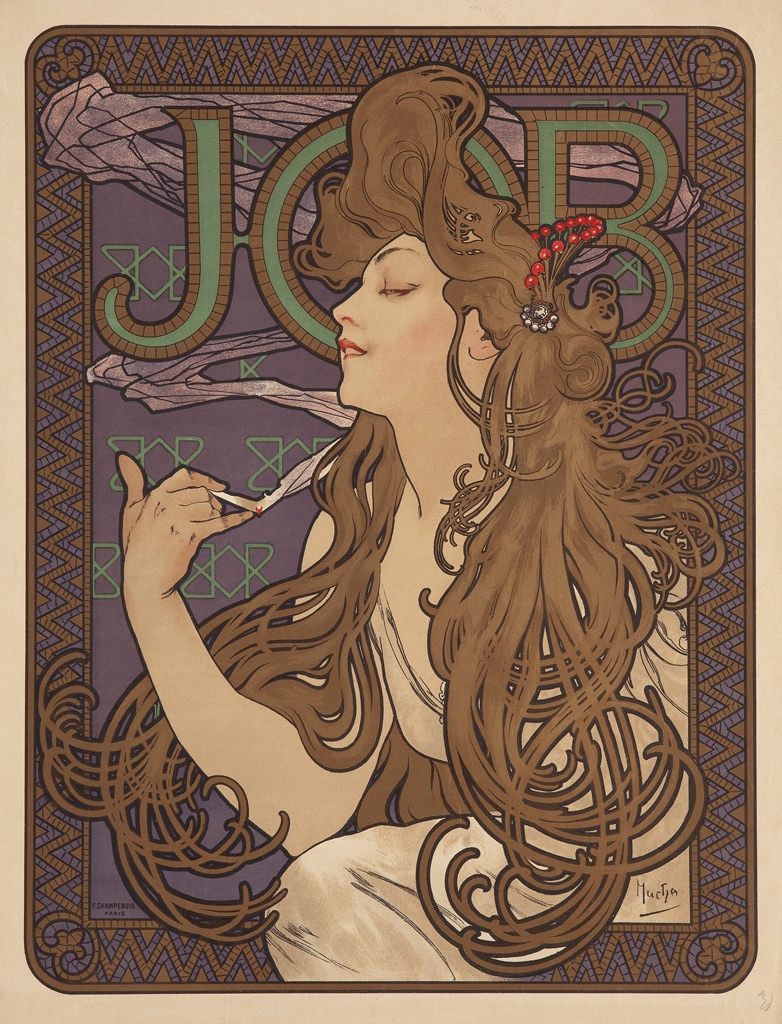Art Nouveau
Art Nouveau is an international style of art, architecture and applied art, especially the decorative arts, known in different languages by different names: Jugendstil in German, Stile Liberty in Italian, Modernisme in Catalan, etc. In English it is also known as the Modern Style (not to be confused with Modernism and Modern architecture). The style was most popular between 1890 and 1910.It was a reaction against the academic art, eclecticism and historicism of 19th century architecture and decoration. It was often inspired by natural forms such as the sinuous curves of plants and flowers.Other characteristics of Art Nouveau were a sense of dynamism and movement, often given by asymmetry or "whiplash" curves, and the use of modern materials, particularly iron, glass, ceramics and later concrete, to create unusual forms and larger open spaces
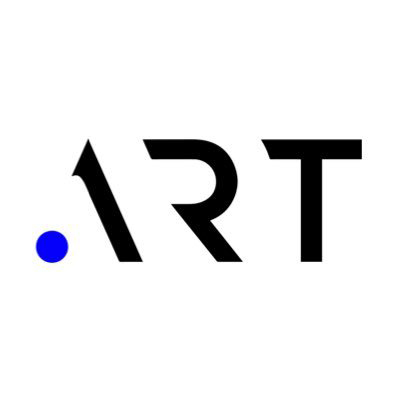 Home Page ·
Type of Art ·
Artists ·
Search
Home Page ·
Type of Art ·
Artists ·
Search
 Home Page ·
Type of Art ·
Artists ·
Search
Home Page ·
Type of Art ·
Artists ·
Search
